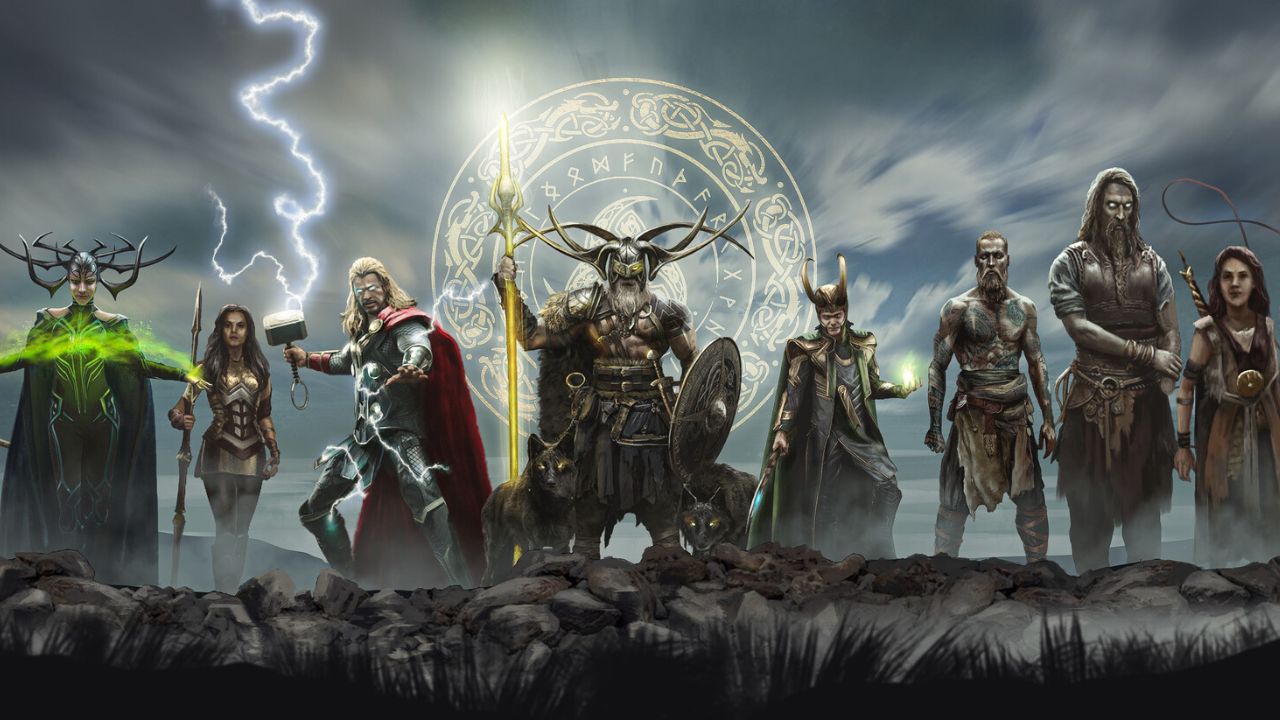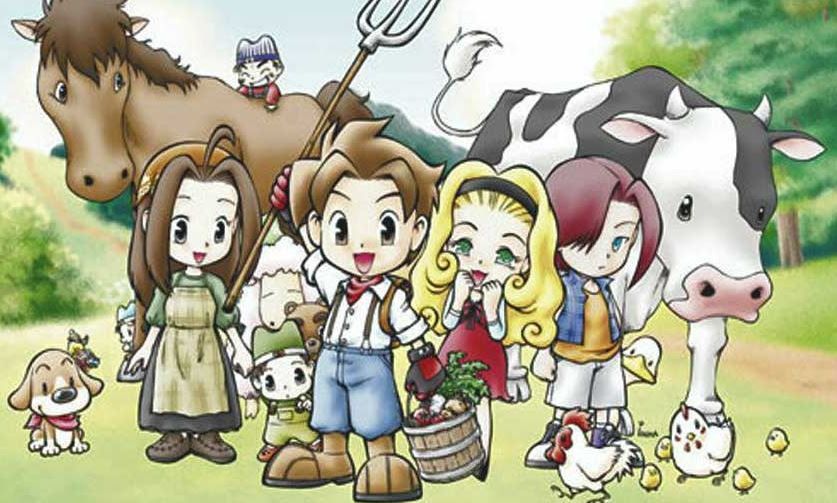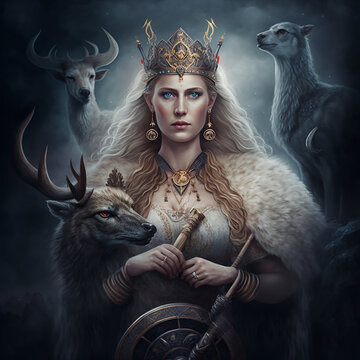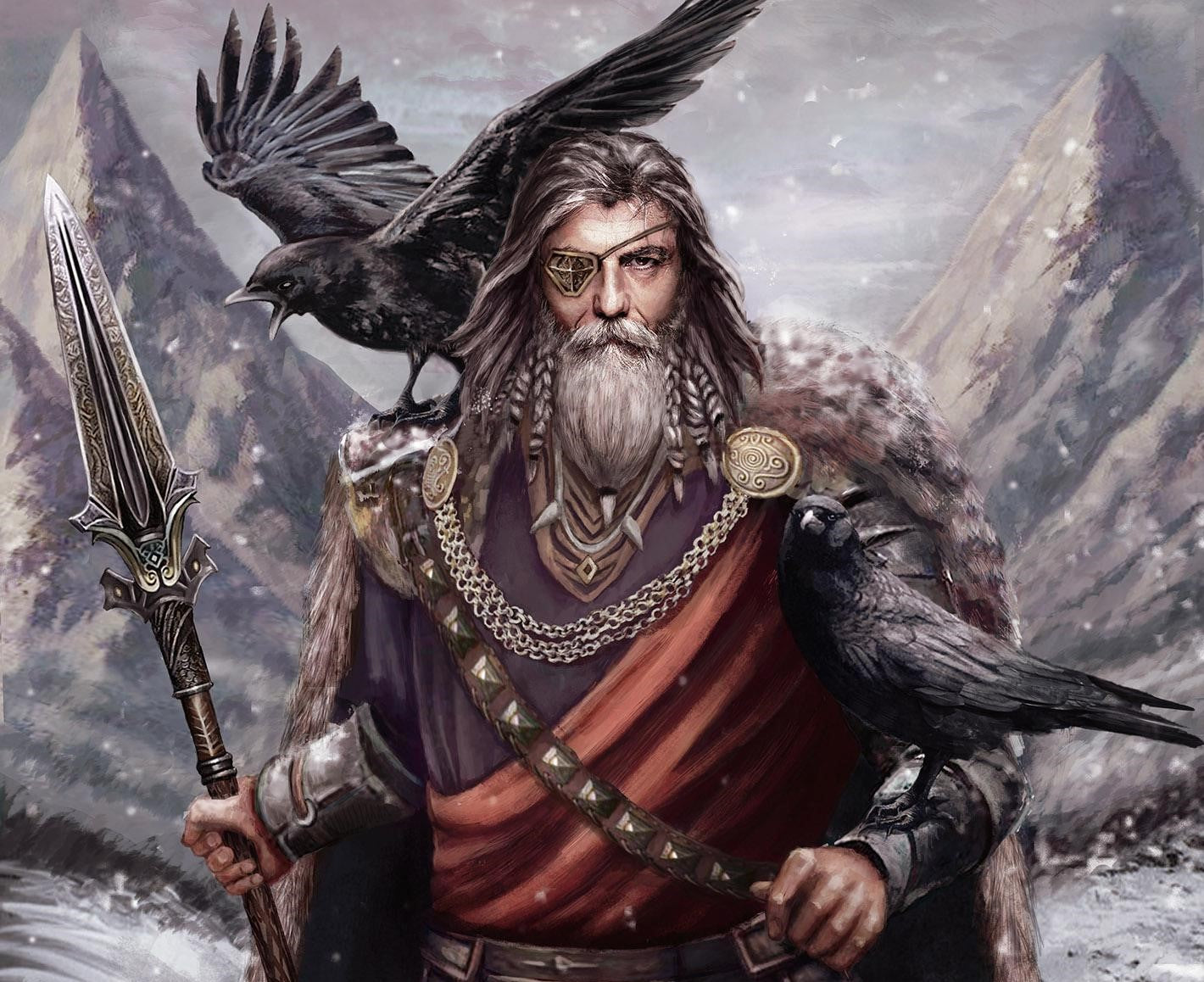Introduction to Frigg
- Frigg, also known as Frigga, is a prominent goddess in Norse mythology and holds a revered position as the queen of Asgard, the realm of the gods.
- As the wife of Odin, the Allfather, and the mother of Baldr, Frigg is associated with motherhood, marriage, and wisdom, embodying both regal grace and nurturing warmth.
Attributes and Symbols
- Motherhood and Fertility: Frigg is revered as a maternal figure, overseeing the well-being of families, children, and the natural world.
- Weaving and Fate: Frigg is associated with the art of weaving and the weaving of fate, symbolizing her deep connection to the cosmic order and the threads of destiny.
Family and Lineage
Role and Influence
Myths and Narratives
- The Death of Baldr: The tragic tale of Baldr's demise and Frigg's attempts to secure his invulnerability, underscoring her maternal love and her efforts to protect her son.
- The Binding of Fenrir: Frigg's involvement in the events leading to the binding of the monstrous wolf Fenrir, a pivotal episode in Norse mythology.
Influence and Legacy
Conclusion
Frigg, the esteemed queen of Asgard, embodies the virtues of motherhood, wisdom, and the intricate tapestry of fate that weaves through the fabric of Norse mythology. Her regal presence and nurturing spirit resonate through the annals of myth and legend, securing her place as a revered figure in Norse cosmology.













